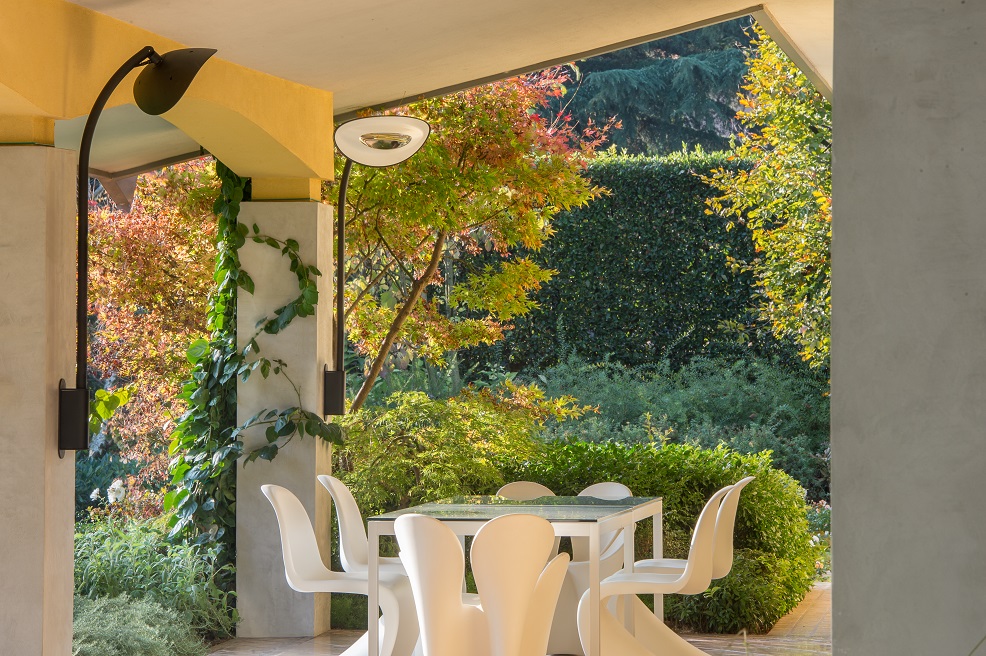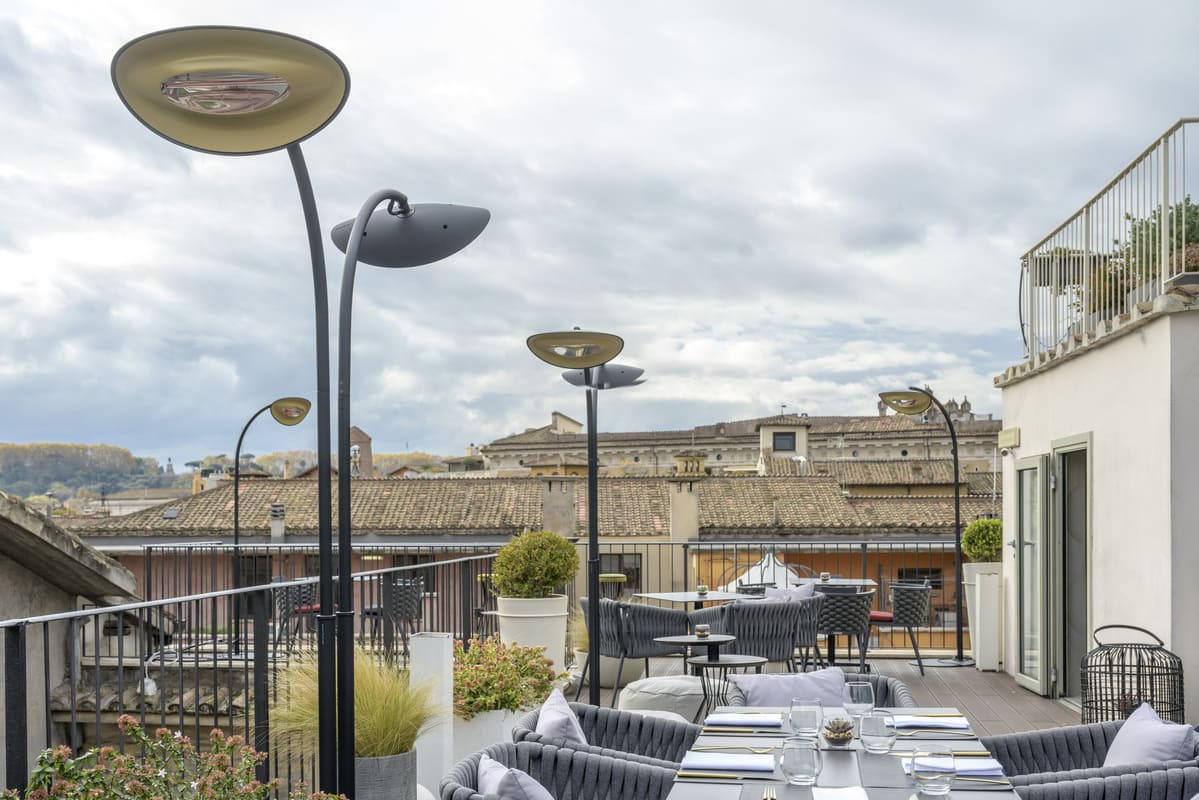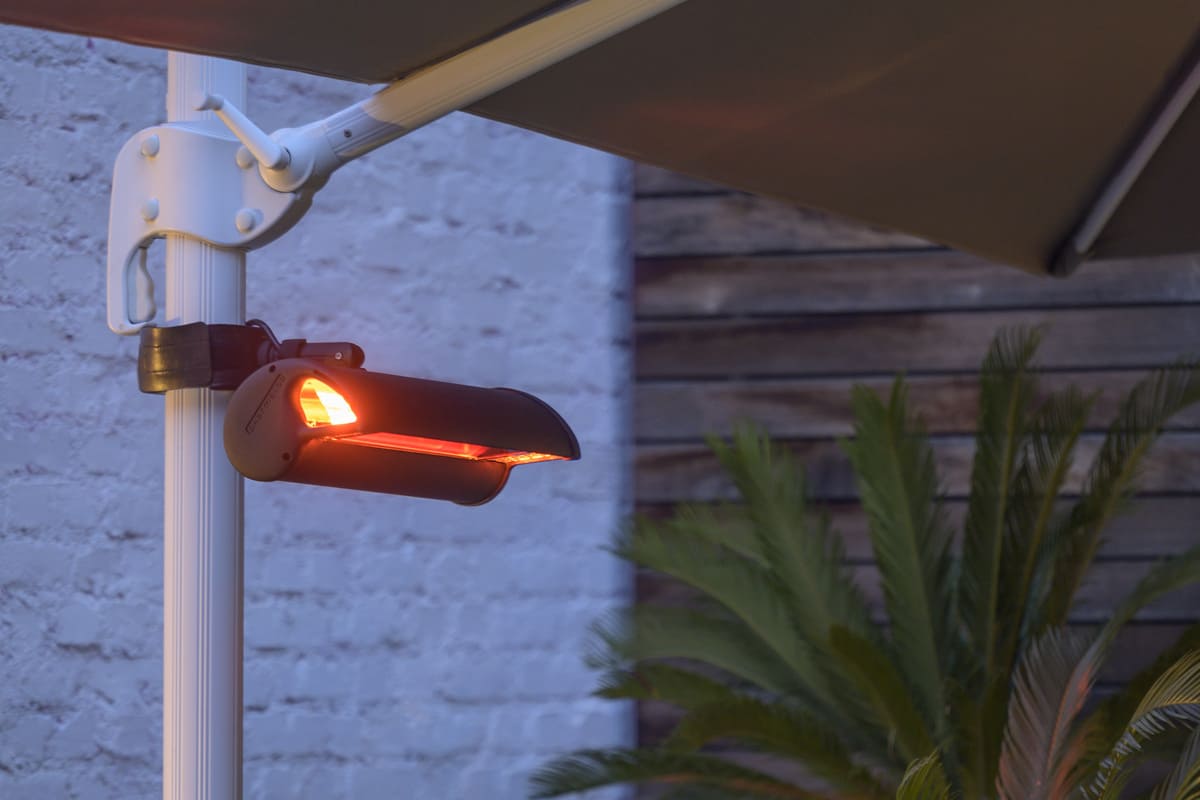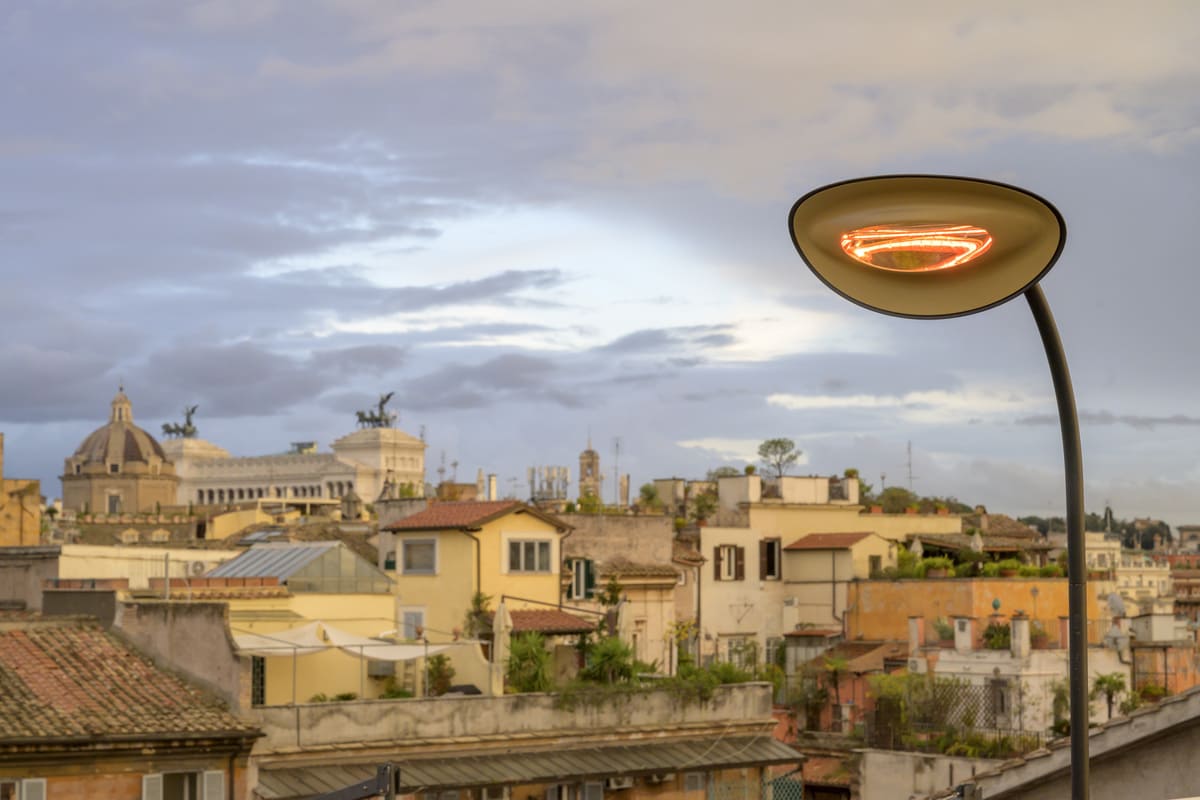With the arrival of colder weather, enjoying outdoor spaces can seem like a challenge. However,…

How to Keep Your Infrared Lamps Efficient Over Time
Infrared lamps are a modern, efficient, and stylish solution for both residential and professional heating. Thanks to their ability to heat quickly and precisely, they have become increasingly popular in homes, restaurants, hotels, and outdoor spaces. However, like any technological device, infrared lamps require proper maintenance to ensure optimal performance and long-lasting durability.
Keeping your infrared lamps efficient doesn’t just mean making sure they continue to heat effectively—it also involves preventing malfunctions, reducing energy consumption, and preserving the aesthetic appeal of the product, especially when it comes to design models that contribute to the overall decor.
Regular and targeted maintenance can make the difference between a lasting investment and frequent expenses for replacements or repairs.
In this article, we’ll explore all the recommended practices for taking care of your infrared lamps—from surface cleaning to periodic checks of the electrical components, as well as usage tips to help prevent premature wear. We’ll also highlight the most common mistakes to avoid and how to identify early signs of malfunction.
Whether you’ve chosen infrared lamps for the comfort of your home or to heat commercial spaces, knowing the right maintenance methods is essential to make the most of this innovative technology. Keep reading to find out how to keep your lamps efficient and high-performing, ensuring a pleasant and consistent warmth year after year.
Regular Cleaning of Infrared Lamps: How to Do It Properly
Regular cleaning of infrared lamps is essential to ensure their efficiency, longevity, and safety over time. Dust, dirt, and debris can accumulate on the heating surfaces and protective grills, hindering the device’s proper functioning and reducing its ability to distribute heat evenly.
The first step in cleaning an infrared lamp correctly is to disconnect it from the power supply. While it may seem like a small detail, it’s crucial for working in complete safety. Once the device is turned off and has cooled down, you can proceed to remove dust using a soft, dry cloth or an anti-static brush to reach even the tightest areas.
Avoid using damp cloths, harsh cleaners, or sprays directly on the lamp: moisture could seep into the electrical components, compromising functionality and increasing the risk of short circuits. If needed, you can use a slightly damp cloth, well wrung out, being very careful not to touch any electrical or heating parts.
In outdoor or dusty environments, light cleaning is recommended every 2–3 weeks, with a more thorough cleaning at least once a month. In indoor or less exposed settings, monthly maintenance is generally sufficient.
Remember, a clean lamp not only works better but also uses less energy and retains its original aesthetic longer—especially important for designer models. Taking care of your infrared lamp is a simple yet essential action to always enjoy maximum comfort and efficient heating.
Seasonal Storage: How to Protect Your Lamps During Periods of Inactivity
Even the best infrared lamps can suffer damage or aesthetic and functional deterioration if left exposed to the elements during months of non-use. That’s why it’s important to adopt a few simple precautions to store them properly during idle periods—especially if installed outdoors.
The first rule is to avoid prolonged exposure to rain, humidity, and dust. While many models are designed to resist outdoor conditions, active protection during the winter or long periods of inactivity can significantly extend their lifespan and performance.
A practical and effective solution comes from Phormalab, a company specialized in designer infrared lamps, which has recently introduced a line of custom-designed protective covers. These covers are made from waterproof, UV-resistant materials and are easy to apply, designed to protect the lamp without compromising its aesthetics or taking up space.
By using Hotdoor covers, you can leave your lamp installed even during months of disuse, without having to dismantle or relocate it. This way, you prevent dust buildup, condensation, and micro-damage caused by the cold, keeping the product in excellent condition until the next season.
Moreover, the covers are designed to fit every model in the Hotdoor range perfectly, ensuring effective and discreet protection. A small gesture that leads to a big benefit: a lamp that’s always ready to use, efficient, and well-preserved year after year.
Taking care of your lamp even when it’s not in use is the key to extending its lifespan and preserving its value.
When Is It Time to Replace an Infrared Lamp? Warning Signs You Shouldn’t Ignore
Although infrared lamps are designed to last and deliver high performance over time, there comes a point when replacement becomes inevitable. Recognizing the signs of possible malfunction or declining efficiency is essential to maintain a comfortable, safe, and well-heated environment.
One of the first symptoms to watch for is a decrease in heat output. If the lamp takes longer than usual to heat up or the warmth it emits is significantly weaker, it could indicate that the internal heating element is losing power or that the reflective materials are no longer functioning effectively.
It’s also important to consider the lamp’s visual and structural condition: cracks, oxidation, or visible damage to the surface can compromise both safety and performance.
By keeping an eye on these warning signs, you can act promptly and always ensure optimal comfort in your heated spaces. In many cases, replacing an old lamp with a new one—perhaps a more efficient model with an updated design—results in a smart and long-lasting investment.




 WhatsApp
WhatsApp